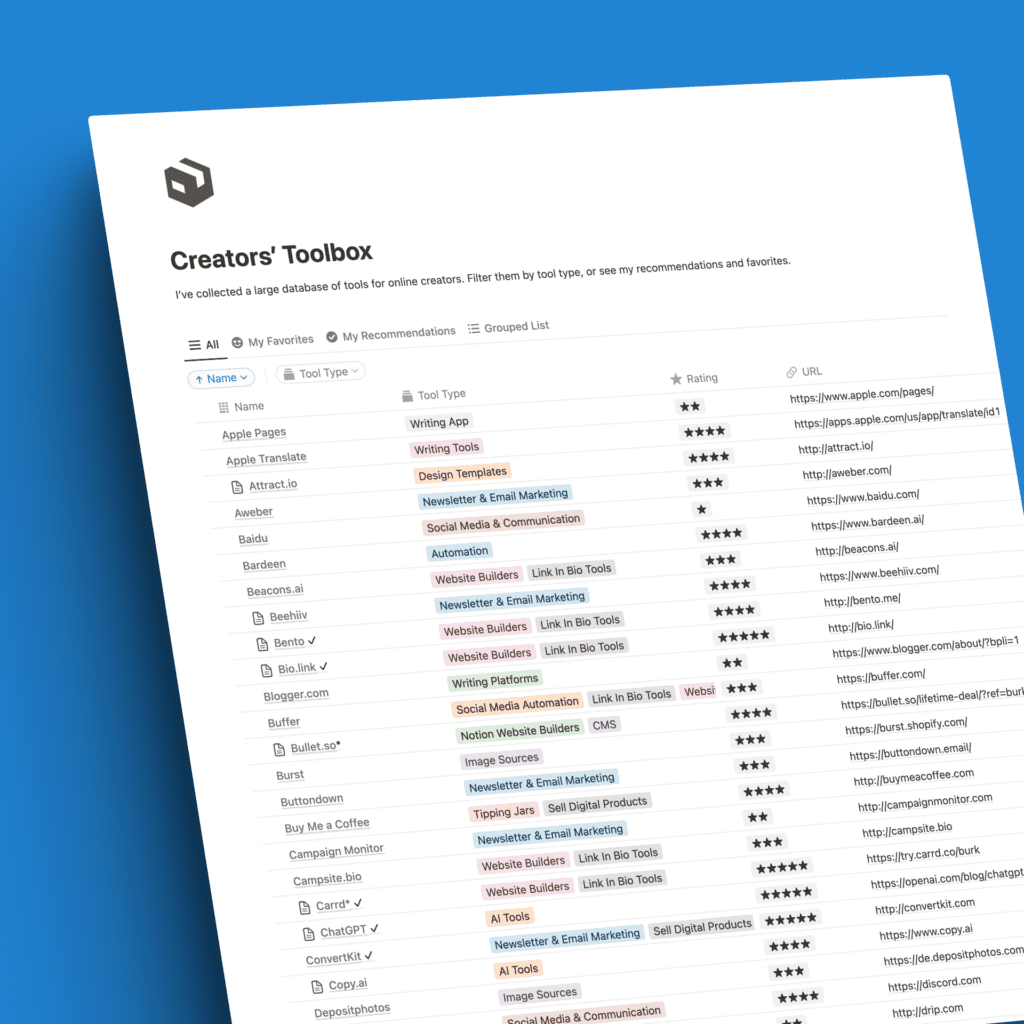Prolific writers like Tim Ferriss and Tim Denning are able to churn out a huge amount of content.
But what’s their secret?
It’s simple — they constantly recycle and repurpose their own writing in clever ways.
Giving Old Content a New Spin
When I say they recycle content, I don’t mean they simply rewrite the same article over and over.
They take a topic they’ve covered before and give it a whole new angle and perspective, creating fresh takes on old ideas.
As a fictional example, Ferriss may have written a detailed guide on the best daily habits for prioritizing deep work. One of his usual topics. it’s a straightforward article or newsletter issue with detailed tips and tricks.
Then a few months later, he published another article, maybe called “My Unusual Daily Routine for Optimal Creativity” covering a lot of the same ground but with different examples and insights.
It will run down the same arguments and many of the same wording and ideas, but with a different take on it, some expansion on a few ideas, or another viewpoint.
Master do that all the time
Let’s take Tim Denning, one of Medium’s most famous writers who churn out dozens of articles per week and has done so for years.
Now let’s look at a real-life example here:
Denning wrote a popular piece in June 2021 called “Getting Hired by a Big Tech Company Doesn’t Make You Special”.
Then in November 2021, he followed up with “Getting a Job at a Famous Tech Company Is Supposed to Equal Success” exploring the same theme from a different viewpoint.
That example is a pretty close deal. Even the headlines are somewhat similar. But both articles worked well, got thousands of views, and undoubtedly made him good money.
Stealing from yourself is key!
Browse through the archives of these prolific writers, and you’ll find countless instances of them revisiting old topics with new lenses months or even years later.
That’s the power of repurposing.
Stealing from Themselves in a Smart Way
This content repurposing isn’t happening by chance — Ferriss and Denning deliberately “steal” from their own previous work.
They likely keep extensive records of all their posts sorted by topic, so they can easily spin old content into new articles.
That’s how I would do it, and actually do it with my writing system and archive “Superwriter” in Notion.
This content recycling strategy offers many benefits:
- They get multiple posts out of one initial idea.
- In the months between articles, their audience grows, so a recycled concept will be completely new to many readers. Even repeat readers likely won’t remember most details months later.
- They never run out of article inspiration. Old content can be continuously reframed for different purposes.
Connecting Content is Key
The key to success on platforms like your blog, Medium, or Substack is having interconnected content.
That means linking between relevant posts and repurposing themes, like Ferriss and Denning do so masterfully.
I try to emulate their approach in my own writing.
I’ll take one in-depth article and create several shorter spin-off stories with unique angles that ultimately funnel traffic back to the original piece.
The Bottom Line
Recycling and reframing your own content allows prolific writers to continuously develop fresh material and expand their audience.
Have you tried repurposing your best articles from new perspectives?
This tactic can be invaluable for producing lots of content readers love.
Take inspiration from the masters of content recycling like Ferriss and Denning!








